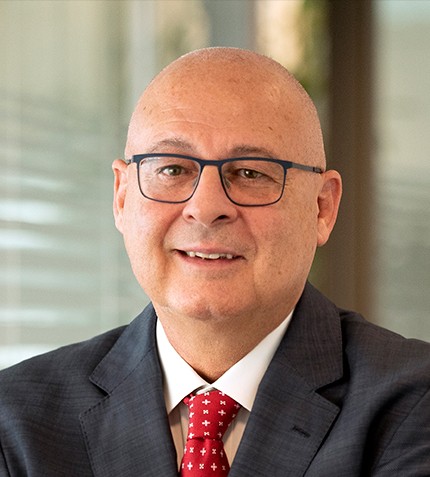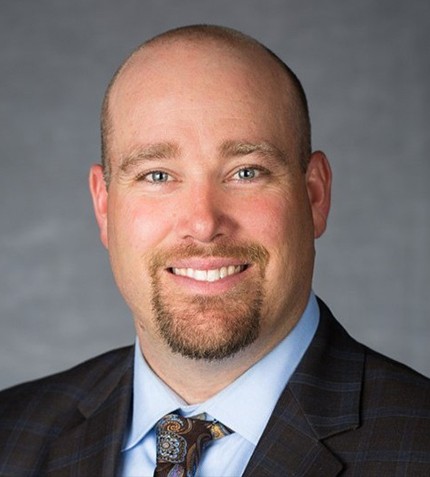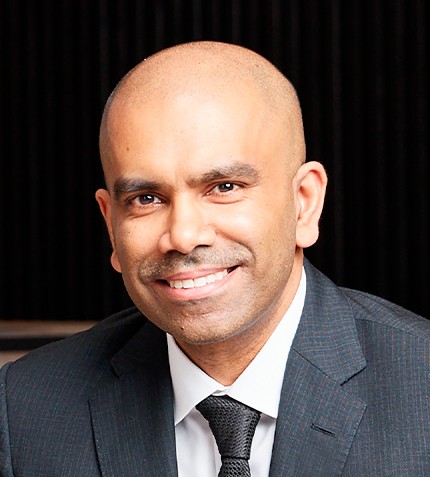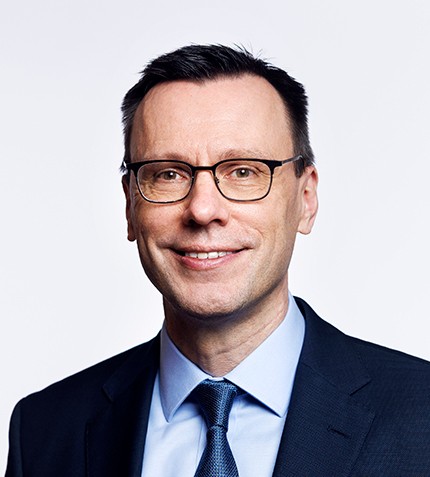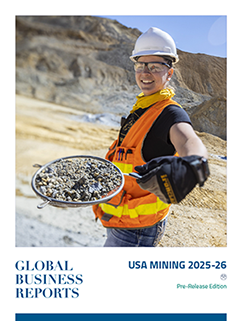
The CME takes a stance against the National Party’s mining tax proposal.
RELATED PUBLICATION
ARTICLES FROM THIS PUBLICATION
Reg Howard-Smith
CHIEF EXECUTIVE, THE CHAMBER OF MINERALS AND ENERGY OF WESTERN AUSTRALIA (CME)
What are some of CME’s key near-term priorities for the Mining Sector?
Our most immediate priority revolves around the National Party’s mining tax proposal, which strongly impacts BHP and Rio Tinto. If it were successful, the implications would be wide-spread, causing concern both nationally and internationally. Chinese and Japanese companies have spoken out for the first time regarding the proposal because it goes to the heart of our sovereign risk. We are regarded as a low-risk location when it comes to the protection of investment funds. But if we make a unilateral change, which is not by agreement, this creates a major issue within the sector. Smaller and mid-cap companies often need to raise funds internationally, and would be affected. These funds could dry-up, given that international finance is very fluid, and it could easily flow into other jurisdictions very quickly. This is a major concern.
With the rise in iron-ore prices, can we still expect to see a continued diversification towards lithium, uranium and mineral sands in WA?
We mine in the excess of 50 different minerals in Australia. Certainly lithium will be a strong focus, given that we have been mining and exporting it for 25 years, have one of the largest lithium mines in the world, and new lithium operations are coming up. We will see at least one lithium processing plant being built here in WA and there is the possibility we might see one more. It remains, nonetheless, a very competitive world. We are also finally seeing some movement within the rare earths sector, where Northern Minerals will be building a pilot plant. WA is a very mature mineral sands province, having mined it for over sixty years. Price challenges are there, but hopefully we will see the mineral sands industry continue for many years to come given its environmentally friendly impact.
There are more nuclear power plants being constructed today than at any other time in our history, with 62 being built at the moment. As we move to reduce the carbon footprint in the world, an increase in nuclear will rise, along with the demand for uranium, despite the current challenges.
Australia is considered a leader in technological innovation for the industry. What kinds of changes can we expect to see within the automation realm moving forward?
Automation is absolutely critical. To maintain a competitive advantage, we need to be the best in the world, and that is where automation becomes extremely important. We see most automation advances in things like shipping, rail and logistics. There is a tendency to eliminate unsafe jobs, taking human factors out of the equation where there is a potential risk. Safety is a major consideration with automation as well, where more wireless and remote operations are starting to emerge.
Certainly automation will indeed, over time, result in decreased employment numbers, but it will mostly change jobs rather than eliminate them completely. People will need to maintain and control trucks with a higher-skilled level. That is where the growth is, given that the number of mechanics responsible for an automated truck are more. So there is actually some job growth and it is far more productive.
In which ways does CME push for an equitable workforce within the industry?
The mining industry has a perception of being made for ‘big tough blokes’, but we are trying to change that. We believe that an equitable workforce is indispensable for success, and our current priorities are focused on female and aboriginal workers. CME is a major catalyst for gender equity within the sector. Although only about 20% of the industry is made up of women, Western Australia has one of the highest percentages of women in the mining and oil and gas workforces in the world. We always strive to create an environment that encourages women to join the sector and create events in order to carry this forward.
Though there is yet much work to be done, the mining industry is one of the largest employers of Aboriginal Australians compared to other private sector or government entities. We have evolved to a sophisticated system in which we can see Aboriginal Australians in middle and senior management positions within the industry. Many of our projects are located on traditional lands, so engagement with Aboriginal people has always been paramount. We are talking about people who have had land access for thousands of years, and we have to respect that.





